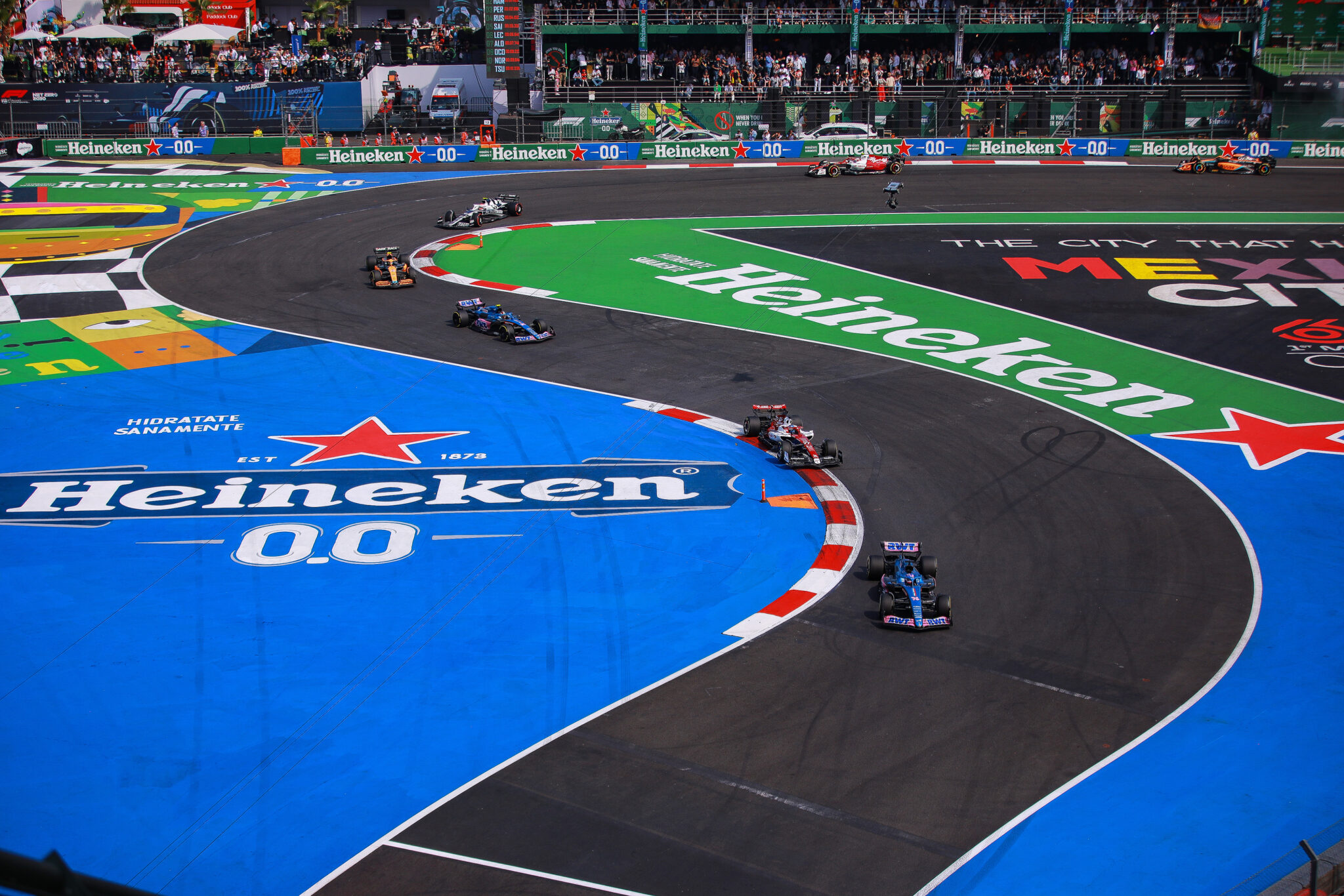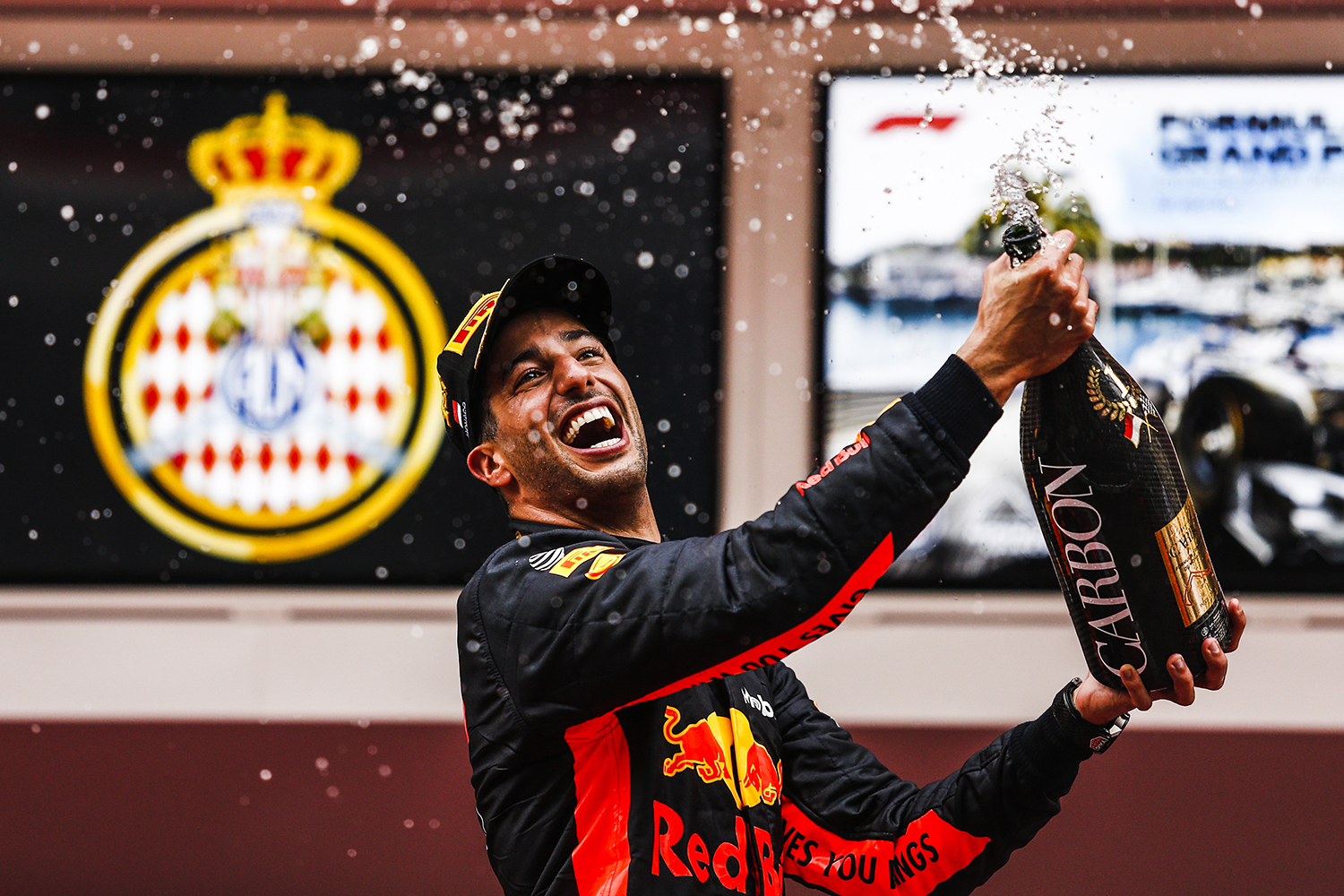
The Formula One race calendar for the 2024 race season is now live. For the second year running, 24 races are planned, with the action taking place in 20 different countries. The season kicks off in Bahrain on February 29, with the first and second races of 2024 taking place on a Saturday due to Ramadan.
A few of the dates have been shifted around: the Japanese Grand Prix is now taking place in April, the Qatar and Abu Dhabi Grand Prix are now running back to back at the end of the season, and Azerbaijan is shifting to September. The FIA, Formula One’s governing body, says the changes have been made to reduce “logistical burdens” and make the season “more sustainable.”
The United States will again host three of the five races scheduled in North America. The USA Grand Prix is set to take place in Austin, Texas, while Miami and Las Vegas will host races in early May and late November, respectively. The Canadian Grand Prix, which has been a regular fixture on the F1 calendar since the 1960s, is set for Montreal in June — and the Mexican Grand Prix is scheduled for October.
The 2024 F1 calendar
| Date | Grand Prix | Track |
| February 29 – March 2 | Bahrain | Sakhir |
| March 7-9 | Saudi Arabia | Jeddah |
| March 22-24 | Australia | Melbourne |
| April 5-7 | Japan | Suzuka |
| April 19-21 | China | Shanghai |
| May 3-5 | Miami | Miami |
| May 17-19 | Emilia Romagna | Imola |
| May 24-26 | Monaco | Monaco |
| June 7-9 | Canada | Montreal |
| June 21-23 | Spain | Barcelona |
| June 28-30 | Austria | Spielberg |
| July 5-7 | United Kingdom | Silverstone |
| July 19-21 | Hungary | Budapest |
| July 26-28 | Belgium | Spa |
| August 23-25 | Netherlands | Zandvoort |
| August 30 – September 1 | Italy | Monza |
| September 13-15 | Azerbaijan | Baku |
| September 20-22 | Singapore | Singapore |
| October 18-20 | USA | Austin |
| October 25-27 | Mexico | Mexico City |
| November 1-3 | Brazil | Sao Paulo |
| November 21-23 | Las Vegas | Las Vegas |
| November 29 – December 1 | Qatar | Lusail |
| December 6-8 | Abu Dhabi | Yas Marina |

How you can watch the 2024 F1 season
ESPN has broadcast rights for Formula 1 in the United States until at least 2025. This means that this year’s races will either be on ESPN, ESPN2, ESPN+, or ABC — all of which are owned by Disney. ESPN+ is a relatively cheap service that you can get bundled with Hulu and Disney+. The service also broadcast 18 of the 24 races this year, and will likely have a similar share of the 2024 season.
It’s also possible to watch some races for free. Certain countries will broadcast at least a few dates on the F1 calendar on free-to-view TV. To tune in, you have to either be in those countries or use something like a VPN to trick the broadcaster’s website into thinking you’re there. In the United States, you’re pretty much stuck with ESPN’s group of networks. But if you haven’t had a FuboTV or a similar cable service offering ESPN, you may be able to snag a free trial and watch at least one race for free this year. Some bars and restaurants may also be showing the race, but not every race coincides with regular opening hours and you should check ahead first.
You can also watch the races in person, although this is by far the most expensive option. Before adding on accommodation and travel, a “premium” package for the Las Vegas Grand Prix will set you back a few thousand dollars. That said, if it’s within your budget then this option will ensure you have the quintessential F1 experience.



